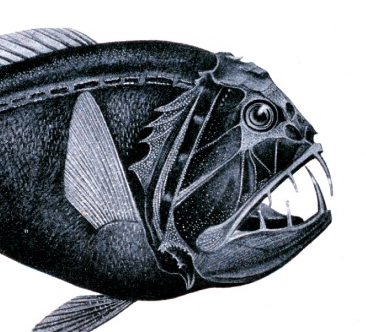Biology genomics Glaciers Microbiology Parasitism
It’s a virus’ world: Glaciers host unique viral communities
Scientists have only recently started studying the wealth of biological diversity that is found on top of glaciers. Cryoconite holes…
